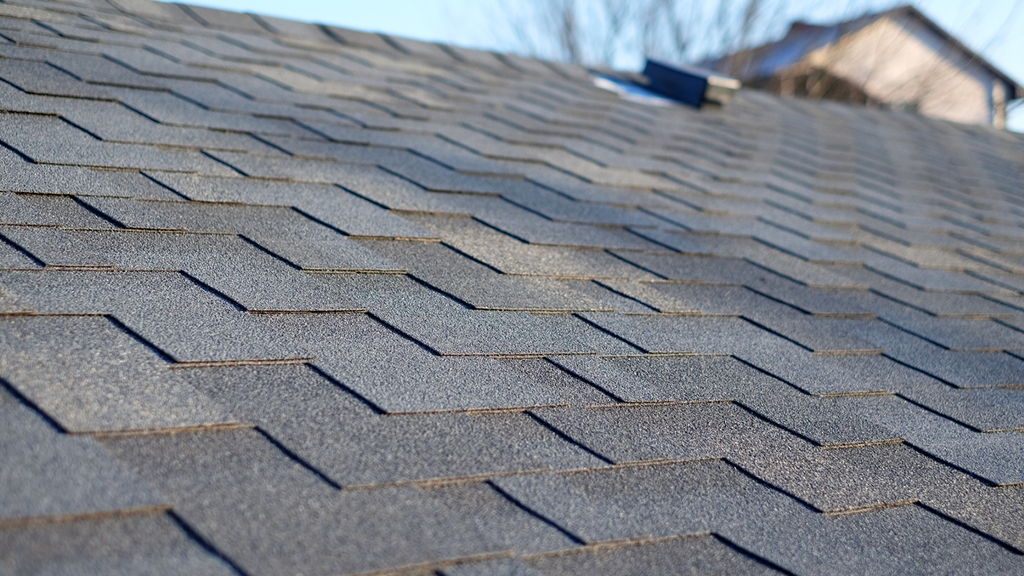The roof of a home serves many purposes. It protects the interior of the residence from the elements while also absorbing the wear and tear associated with different weather conditions. Over time, this abuse leads to the need for a roof replacement, and homeowners must know how to determine when this time has come. In addition, they must understand how to go about choosing roofing materials, an installation contractor, and more. Read on for help in carrying out these tasks and others associated with a roof replacement project.
The Longevity of the Average Roof
The average roof in America lasts 20 to 25 years, although many factors play a role in when the time will come to replace the existing crown on the home. Low-quality roofing materials lead to the need to replace the roof in a shorter period, as does poor attic ventilation. If the installation team didn’t carry out the work correctly, the homeowner finds they need to replace the roof sooner, and frequent exposure to hail and other weather could cause the roof to need replacement before this period has passed.
Missing or damaged flashing reduces the lifespan of the roof. The flashing creates a waterproof seal between the corners and roof sections. When this flashing sustains damage or has gone missing, water makes its way into the home. A lack of maintenance also leads to early failure of roofing materials. Annual inspections help to catch problems early and increase the longevity of the roof. In fact, experts recommend homeowners have their roofs inspected twice a year to ensure repairs are made promptly.
Signs the Roof May Need Replacement
Homeowners need to look for signs their roof is failing. Consider the age of the roof when determining whether it’s time for a replacement. If you see daylight in the attic, call in a roofing professional, and the same holds when roofing granules appear in the gutters of the home. Leaks signal the need for a roof inspection, and homeowners should keep an eye out for missing shingles or ones that are curling or buckling. Mold, mildew, and rot suggest the roof needs examination by a professional, and homeowners should always request a roof inspection following a severe hailstorm or other weather event.
Spend time in the attic looking for signs the roof is failing. Moisture, dampness, and dark spots suggest it is time to examine the roof. Many people overlook the need to check this area of the home only to find they have overlooked an issue and will need to spend additional money to correct it.
Conducting the Roof Inspection
Homeowners find they can inspect their roof with ease. Purchase binoculars and use them to examine the roof from street level if you aren’t comfortable climbing on top of the house. Look for the signs mentioned above to see if any are present and don’t forget to pay a visit to the attic. The one thing the homeowner cannot see from street level with the help of binoculars is granules in the gutters. However, carrying out these inspections doesn’t replace inspections by a licensed roofing professional, as they undergo training to spot things the homeowner might miss.
The Cost of Roof Replacement
Homeowners often want to know how much it will cost to replace their roof. Many factors play a role in how much they will pay. This includes the roofing materials selected, the pitch of the roof, the complexity of the roof, and where the property is located.
Roofing materials and cost per square foot go together, as the more square footage to be covered, the higher the cost of the materials. In addition, the larger the coverage area, the higher the labor costs. Homeowners must factor this in when choosing the roofing materials and adjust accordingly. Asphalt shingles remain the most affordable, but homeowners need to investigate all options to find the one that is best for their property.
A roof with a higher pitch means the square footage is greater. Furthermore, installers must take additional steps when working on the roof. Depending on the pitch, they may need roof jacks or additional safety equipment. They also cannot stack roofing materials near them, which adds to the labor costs of the job.
Individuals, when choosing a home, consider the curb appeal of the property. They aren’t thinking of the costs of various maintenance tasks when doing so. However, homes with several layers or those with obstacles on the roof require additional work when replacing the roof. This includes skylights, chimneys, and more. Roofing contractors consider the complexity of the roof, the number of obstacles present, and the shape when quoting a price for roof replacement.
The location of the home plays a role in the cost of roof replacement. Roofing materials vary in price based on the geographical location, but this accounts for only a portion of the price difference. Building codes differ by municipality and weather play a role in the accessibility of roofing contractors.
As so many factors influence the cost of roof replacement, question any contractor who provides an estimate over the phone. They may do so to secure the business, only to increase the price when they arrive on-site to carry out the work. Have several contractors visit the property to assess the roof and provide an accurate quote for this project.
Design Considerations for Roof Replacement
People often assume they have little leeway in changing the design of the roof. However, this isn’t the case. Traditional pitched roofs with gables remain common, but never overlook other options. Homeowners often discover they can change the roof design without a lot of hassle when renovating the home.
A homeowner looking to increase the energy efficiency of the residence may wish to consider a saltbox design. This design includes two slopes positioned to allow for solar panels. Larger detached homes benefit from a Gambrel or Mansard roof, as they don’t need the seaming transition of materials seen with certain residential structures.
Flat roofs typically appear on commercial buildings, as drainage concerns remain an issue with this roofing option. When used on homes, contractors recommend using them as only a portion of the overall roofing system. This roof might serve as an additional patio area, for example. Speak to the roofing contractor to learn about new design options and which might benefit the property.
The Roof Replacement Process
Before any work begins, consider covering items in the attic. As roof work involves hammering, items may become dusty in the space. It never hurts to add an extra layer of protection for items stored in this part of the house.
Weather plays a role in the time needed to complete the project. Professionals do many roof replacement jobs in a matter of days if not one day, but some projects take weeks, as the weather refuses to cooperate. The installation team strives to complete the work in the shortest time, but will not cut corners to achieve this goal.
Preparation remains key to the job proceeding smoothly. Before any work begins, the team needs to get any necessary permits and schedule debris disposal. Upon completion of these tasks, the actual work begins.
The team removes the existing roof materials and assesses the roof decking. If the team discovers problems with the decking, they alert the homeowner to determine the best course of action. As they carry out the decking repairs, the roof remains safe from harm with the help of protective materials.
Once the decking provides the foundation needed for the roofing materials, the project progresses. The team installs the roofing materials and ensures all flashing and other items are in place. The work isn’t finished until the roof undergoes an inspection to ensure everything is in order and they clean the work site.
Choosing a Roofing Contractor
Regardless of what home improvement project you are completing, whether it is roof replacement, new windows, or siding repairs, get quotes from several providers. Make certain each quote lists all information related to the project, including the timeline, the materials, and more.
Visit the Better Business Bureau to get a reliability report on the company. The internet makes this task effortless today, so never neglect it. Determine how long the business has been in operation, as the homeowner must know the company will be available if a problem arises once the project is complete.
Ensure the company follows all local guidelines regarding roof replacement. Contact the government authorities to learn what the homeowner needs before having this work completed and ensure the contractor carries out all steps. Request copies of the contractor’s license and insurance and verify they remain in effect. This protects the homeowner if something goes wrong with the project.
Request references and follow up with these customers. People often ask about jobs that have recently been completed. Check with customers who had the work done several years ago to learn if they have had any issues and how the company responded if they did.
Never hire a contractor that comes to the door offering roof replacement services. They often do so in unmarked trucks and require payment upfront. This happens more than people know, and they don’t realize they fell victim to a scam until the contractor doesn’t show up to do the actual work.
Contact us today to discuss your home improvement project. We work with customers to find the solutions that best meet their needs and have been doing so for over 100 years now. In addition, our work comes with a guarantee, so homeowners know they remain protected and their investment in the home is safe. Contact us today to learn more.

